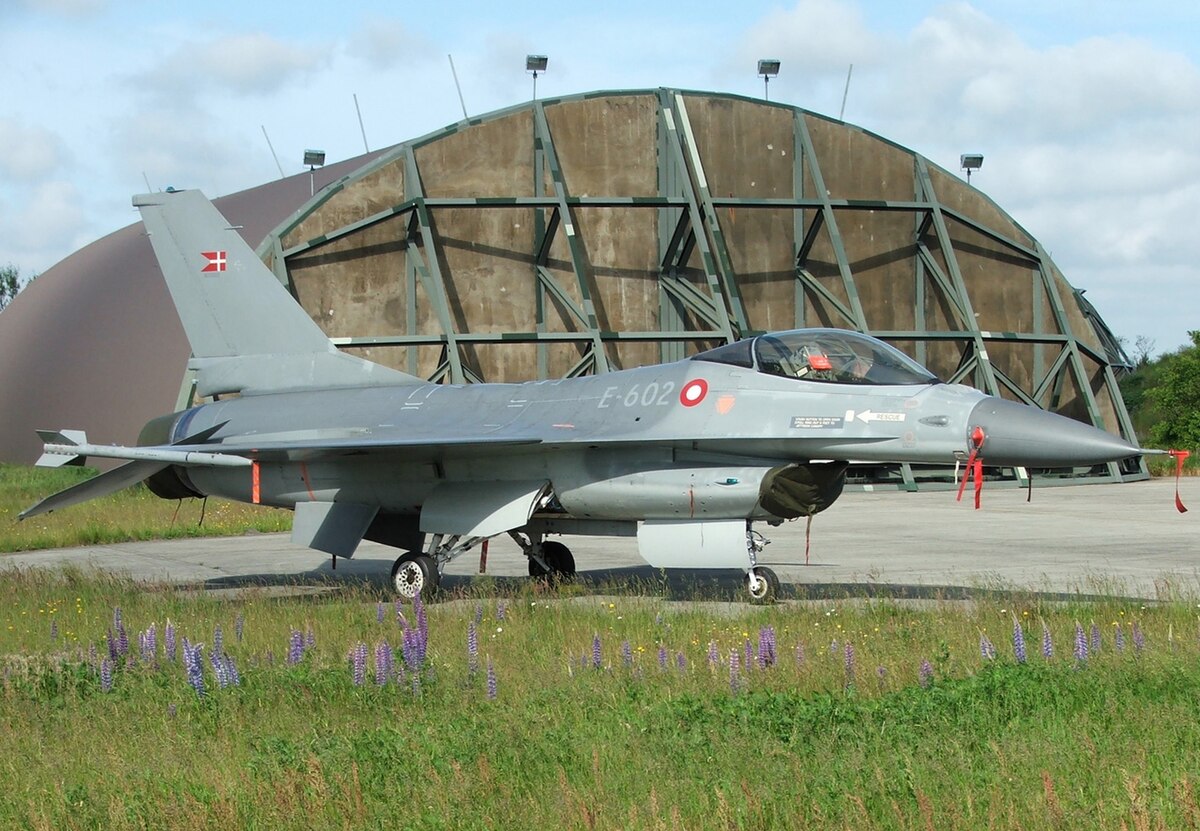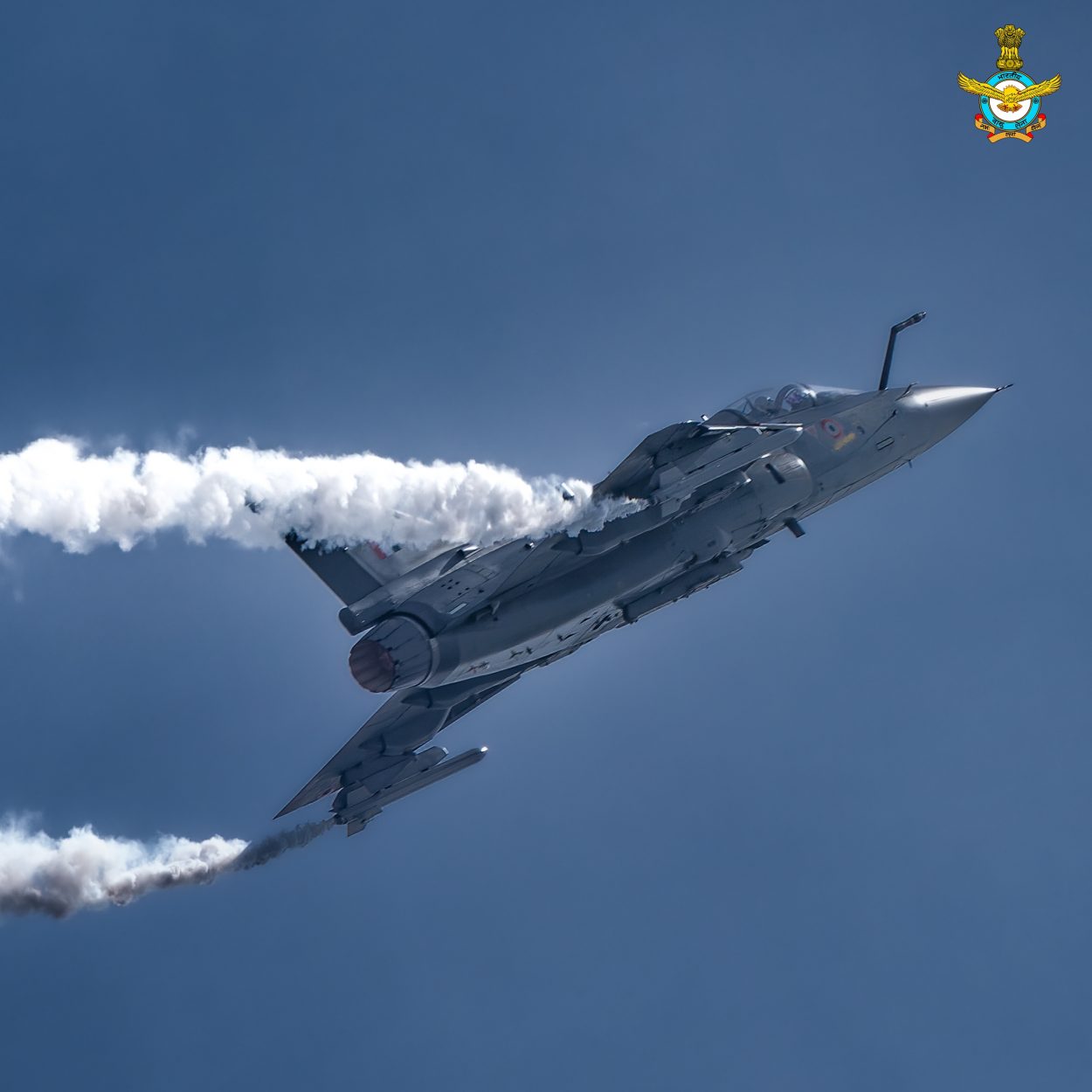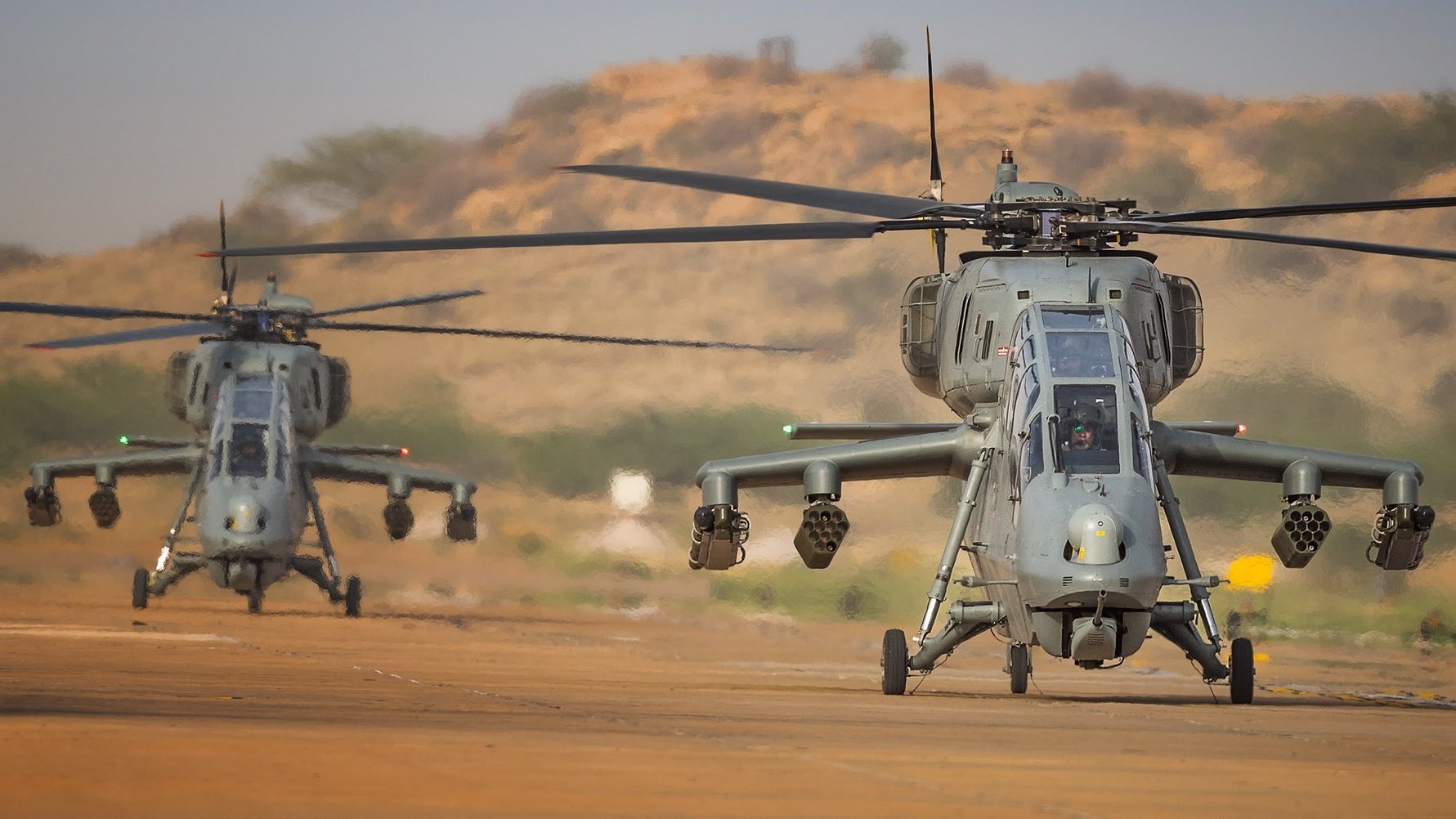US Beats Chinese, Indian Fighter Jets For Argentina Contract; Delhi Hopeful To Crack Deal In American Backyard

During a live broadcast on April 16, the President of Argentina, Javier Milei, and Defense Minister, Luis Petri, disclosed that Argentina had finally sealed a deal for the purchase of two dozen second-hand Danish F-16 Fighting Falcons for about $300 million.
“With these new aircraft, we are taking a transcendental step in our defense policy,” Petri said via video from Copenhagen. “From today, Argentines, we once again have forces from heaven to protect us,” Petri added.
A delegation from the government, led by Defense Minister Petri along with Maj. Gen. Fernando Luis Mengo, the chief of staff of the Argentine Air Force, reportedly concluded the deal for the Block 15 aircraft during their visit to Denmark. The contract also included AIM-9X and AIM-120 missiles for training purposes, as well as reconnaissance pods.
The announcement came weeks after the US administration authorized the sale of the US-made aircraft to Argentina, which will use these fighters to replace its aging A-4 Fightinghawks.
The Danish Minister of Defense, Troels Lund Poulsen, had previously said, “Danish defense is in the process of a generational change, where our F-16 aircraft are gradually being phased out in favor of new F-35 combat aircraft.” At that time, he noted that 19 of these jets had already been earmarked for Ukraine, and the remaining 24 were to be sold to Argentina.
Argentina’s air force has been exploring options to procure a new fighter jet for decades. However, the nation’s precarious financial situation and the British blockade have hampered these attempts. There were two aircraft from South Asia that were believed to have drawn Argentina’s attention. These were the Indian LCA Tejas and the JF-17 Block III aircraft built jointly by China and Pakistan.

The announcement closed the lid on a possible purchase of the JF-17 multi-role fighter. This was significant given that the Argentinean Embassy in China had announced on March 14 that the South American nation was considering the JF-17 fighter aircraft.
China was optimistic about a potential acquisition since the JF-17 Block-III variant offered to Argentina has advanced avionics, electronics, flight control systems, an active electronically scanned array (AESA) radar and can fire Chinese air-to-air missiles like the PL-10, PL-12, and the PL-15. Additionally, from a techno-industrial, commercial, and tactical standpoint, some experts suggested that the JF-17 could have better served Argentine needs.
Fearing that Argentina would buy Chinese aircraft, the US stepped in and offered its F-16 fighter jets to replace the JF-17, worrying that this growing cooperation might become problematic.
The decision in favor of the F-16, according to some observers, represents the effects of the US-China Great Power rivalry in South America, where Washington is opposed to Beijing’s military hardware being in its neighborhood.
However, the Pakistan-China consortium was not the only one left disappointed with newly appointed, pro-USA Argentine President Javier Milei’s decision to go the F-16 route. India’s Light Combat Aircraft Tejas was another contender in the fray for Argentina’s fighter acquisition.
India also lobbied aggressively to sell the LCA to Argentina. The Indian Ambassador to Argentina, Dinesh Bhatia, met the Argentinian defense officials multiple times and tweeted about keeping the hope alive to clinch the first LCA deal, refusing to throw the gauntlet even though the writing was on the wall that Argentina would eventually settle for the US-origin fighters.
The Argentinian pilots assessed and flew the LCA Tejas. Also, last year, Argentina identified 16 British embargoed components that could potentially scuttle the deal. Argentina asked India to look for the replacement of these components, including the Martin-Baker ejection seat in LCA.

Although Hindustan Aeronautics Limited (HAL), the aircraft’s manufacturer, was looking to manufacture all the components indigenously, the British embargo may have acted as an impediment for both sides.
Losing to the F-16 may be a bigger upset for HAL’s Tejas, which has yet to find a customer despite being pitched for export for several years. Many countries from Africa, South America, and Southeast Asia showed interest in the Indian fighter jet, but the aircraft has yet to find its first foreign customer.
HAL might not be too disappointed by Argentina’s decision as the Indian state-owned firm had pitched another flying machine to the South American country and is expecting to seal the deal in the near future.
Indian Helos On Sale For Argentina
In an interview, C B. Ananthakrishnan, HAL Chairman and Managing Director, indicated that the LCA Tejas and the LCH Prachand, both indigenously developed aircraft, have recently garnered global attention.
“Five countries have shown interest. With Argentina, it is still under discussion. Talks with the Philippines are in advanced stages. With Egypt also, we are in discussion. And talks with Nigeria have gained momentum,” Ananthakrishnan said, without elaborating if the specific countries were interested in the fighter jets or the helicopters.
Last year, a team from HAL visited Argentina to negotiate with the Argentinian Air Force to make a pitch for its LCH, along with its indigenously developed LCA Tejas fighter jets.
The LCH is the first indigenous multi-role combat helicopter built in India. It is capable of aerial and ground warfare. It has been modified to meet the demands of the Indian military, which operates in both highlands and deserts. It is the only helicopter that can carry a large payload of fuel and weaponry and is operational at 5,000 meters.

Following the defeat of Pakistan in the Kargil Conflict in 1999, the Indian defense establishment began developing a lighter, more agile, and stealthier attack helicopter based on the Russian Mi-25 and Mi-35, which is how the LCH came into existence. The LCH was tested by landing 500 kilograms of cargo at a forward base 4,700 meters above sea level.
“The negotiations are going on, and nothing concrete can be said at the moment. The Indian team is still in Argentina… But the Argentinians had shown interest in the LCH during the Aero-India air show in 2023,” a HAL official said, requesting anonymity.
The South American country had signed a letter of intent to purchase 20 Light Combat Helicopters (LCH) ‘Prachand.’ The 20 helicopters are expected to be distributed among the Argentinian forces.
The LCH is powered by twin Shakti engines, produced as part of a collaboration between HAL and France’s Safran company. It has been operated at the world’s highest battleground, the Siachen Glacier. The helicopter has a maximum speed of 288 mph, a combat radius of 500 kilometers, and a service ceiling of 21,000 feet.
The pilot and co-pilot, referred to as the Weapon Systems Operator (WSO), are shielded by armored panels and seated side by side in a glass cockpit. An electro-optical pod for long-range day and night monitoring and target tracking is located above the gun. It can fire the French air-to-air missile “Mistral-2” and the anti-tank-guided missile “Dhruvastra” which has a maximum interception range of 6.5 kilometers.
The LCH was inducted into the Indian Air Force and Indian Army in 2022. As per an earlier EurAsian Times report, the Philippines could be the first country to buy these choppers, but New Delhi remains hopeful to sell them to multiple countries, including Argentina.
- Questions and Answers
- Opinion
- Story/Motivational/Inspiring
- Technology
- Art
- Causes
- Crafts
- Dance
- Drinks
- Film/Movie
- Fitness
- Food
- Juegos
- Gardening
- Health
- Home
- Literature
- Music
- Networking
- Other
- Party
- Religion
- Shopping
- Sports
- Theater
- Wellness
- News
- Culture
- War machines and policy

